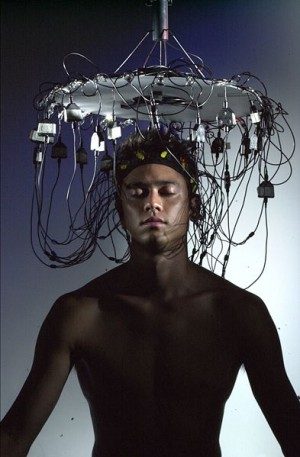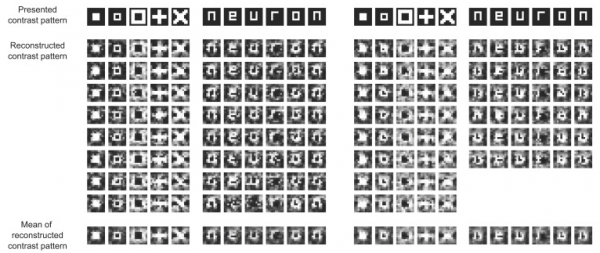 The abilities of the brain are absolutely amazing. Even before the idea of virtual reality was conceived, the brain has provided us a way to experience things that seem entirely real but are entirely fake. I’m speaking of dreams of course. Because our experiences are merely interpretations of input from various nerves, it couldn’t be easier for the brain to essentially simulate these inputs to give us experiences that are independent of our external reality.
The abilities of the brain are absolutely amazing. Even before the idea of virtual reality was conceived, the brain has provided us a way to experience things that seem entirely real but are entirely fake. I’m speaking of dreams of course. Because our experiences are merely interpretations of input from various nerves, it couldn’t be easier for the brain to essentially simulate these inputs to give us experiences that are independent of our external reality.
To some extent, we can simulate and control these experiences consciously. It isn’t hard to think of a frightening situation, or a terrifying movie, and feel afraid. Nor is it difficult to recall someone lost but loved, and feel sad. Emotions don’t seem too hard for us, but physical sensations are tough to insight consciously. For instance, it is hard to give yourself the sensation of falling or flying, or to feel like you’re hotter or colder than you really are. Still, it’s not impossible. A brief survey of meditation techniques will show you that some people can tap into their mind’s own ability to create a false reality.
Many people have occurences of something called Lucid Dreaming in which they are able to take control of their dreams, and make conscious decisions within them. I’m able to lucid dream from time to time, and often my favorite thing to do is to fly or sky dive. To my surprise, my mind properly simulates the feeling of excitement/adrenaline/falling that one would associate with flying through the sky. The mind is arguably capable of being the world’s best virtual reality system; so how do we tap into it?
The entire field of BCI or Brain-Computer Interface is devoted to understanding how to interface directly with the mind. The ultimate goal of BCI, one supposes, is to decode a standardized system of brain “language” and a system of input/output. The term “brainwaves” is all too often thrown around in science fiction, however, electroencephalograms — the reading of electrical activity within the brain — are increasingly being used to give us the ability to literally see what someone may be thinking about.
 In a now famous 2008 experiment (reported in the science journal, Neuron), researchers were able to divine a method of reading the “brainwaves” of subjects that were then used to recreate images that the subjects had been shown (image above). The results are very preliminary, as they can only make out simple low resolution shapes, but the implications are rather amazing. The researchers suggest that, by developing these techniques, we may be able to get higher resolution color imagery, and possibly even record our own dreams. So finally, maybe we’ll be able to show people our dreams instead of attempting to explain but inevitably failing to convey them.
In a now famous 2008 experiment (reported in the science journal, Neuron), researchers were able to divine a method of reading the “brainwaves” of subjects that were then used to recreate images that the subjects had been shown (image above). The results are very preliminary, as they can only make out simple low resolution shapes, but the implications are rather amazing. The researchers suggest that, by developing these techniques, we may be able to get higher resolution color imagery, and possibly even record our own dreams. So finally, maybe we’ll be able to show people our dreams instead of attempting to explain but inevitably failing to convey them.
So we’re well on the way to uncovering the output portion of BCI, but what about input? Is there a way that we can augment our reality stream with extra information, or maybe hijack it completely to use our minds as a virtual reality environment?
Surprisingly, brain input might be equally as developed as the output component. Various animal and human experiments have yielded impressive results already. The applications have not yet been pushed toward VR, as far as I can find, but once again, the implications for VR are downright amazing.
BCI input devices have been used, among other things, to restore vision to people with acquired blindness. As far back as 1978, a BCI implant was successfully able to provide a blinded patient with the sensation of being able to see light. Wired has a really interesting story about BCI vision implants, I definitely suggest giving it a read.
I don’t expect BCI VR applications to be seen in my lifetime. The tech is just too far off. However, I am excited to theorize about BCI VR far after my own time. A future where perhaps our reality will not just be input from the world around us, but instead an amalgamation of reality and virtual reality. After all if, at some point down the road, we could make artificial eyes that are better than our own, wouldn’t we want to use those instead?






